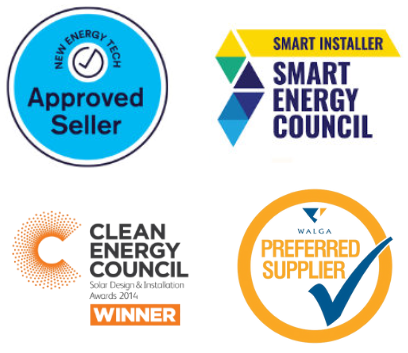Frequently Asked Questions
What is solar power?
Solar power is electricity generated from sunlight using photovoltaic cells or solar panels.
How do solar panels work?
Solar panels convert sunlight into electricity using semiconductor materials that produce a flow of electrons when exposed to light.
What are the main components of a solar power system?
A solar power system typically includes solar panels, inverters, racking or mounting systems, and wiring.
What is the difference between solar photovoltaic (PV) and solar thermal systems?
Solar PV systems generate electricity from sunlight, while solar thermal systems use sunlight to heat water or other fluids for various applications, such as space heating or hot water.
Do solar panels work on cloudy days?
Solar panels can still generate some electricity on cloudy days, though their efficiency is reduced compared to sunny days.
What is the lifespan of solar panels?
Solar panels can last 25-30 years or more, with many manufacturers offering warranties covering this period.
How much do solar panels cost?
The cost of solar panels varies based on factors like system size, location, and quality. On average, costs have been decreasing in recent years.
Are there incentives for installing solar panels?
Many governments offer incentives, including tax credits, rebates, and net metering programs, to encourage solar panel installations.
Can I use solar power during a power outage?
Most grid-tied solar systems automatically shut down during an outage for safety reasons. However, you can add battery storage to provide backup power.
How much space do I need for solar panels?
The space required depends on your energy needs and the efficiency of the panels. An average home might need 300-600 square feet for a solar installation.
Can I install solar panels on a flat roof?
Yes, solar panels can be installed on flat roofs using racking systems designed for this purpose.
What is net metering?
Net metering allows solar system owners to send excess electricity they generate back to the grid in exchange for credits on their energy bills.
Is solar energy good for the environment?
Yes, solar energy is clean and renewable, producing no greenhouse gas emissions and reducing reliance on fossil fuels.
Do solar panels require a lot of maintenance?
Solar panels are low-maintenance, typically requiring occasional cleaning and annual inspections.
What is a solar inverter?
A solar inverter converts the direct current (DC) electricity generated by solar panels into alternating current (AC) electricity for use in your home.
Do solar panels work at night?
Solar panels don’t produce electricity at night. However, with battery storage, you can use the energy stored during the day at night.
What are the different types of solar panels available?
There are various types of solar panels, including monocrystalline, polycrystalline, and thin-film panels, each with its own characteristics and efficiency levels.
WIs my location suitable for solar panels?
Solar panels can be installed in most locations with access to sunlight. However, the amount of sunlight you receive can affect the efficiency of your system.
What happens on cloudy or rainy days?
On cloudy or rainy days, solar panels generate less electricity, but your system may still produce some power depending on the extent of cloud cover.



